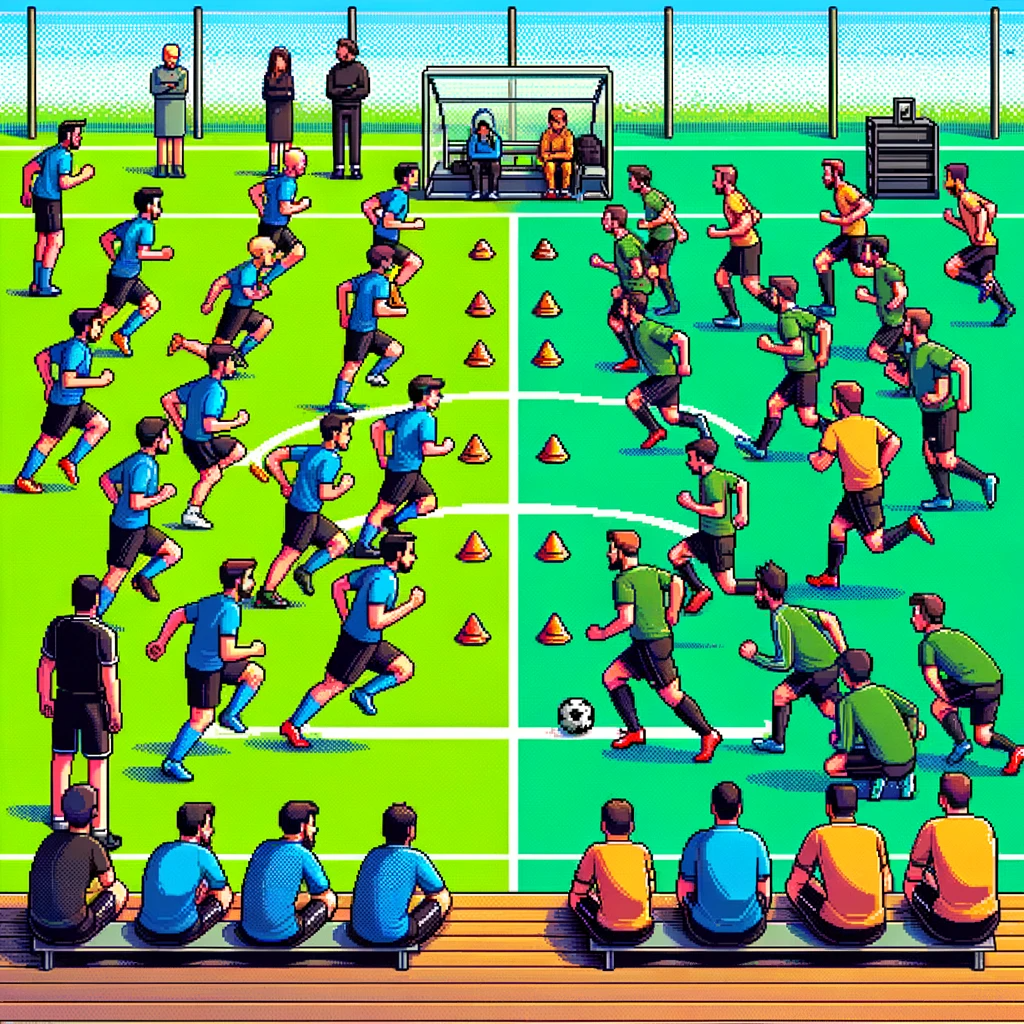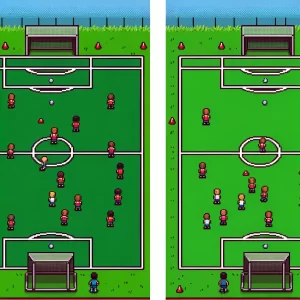
Understanding “Weekly Training Load Differences between Starting and Non-Starting Soccer Players”
Focusing on physical performance and player development is paramount. The recent study “Weekly Training Load Differences between Starting and Non-Starting Soccer Players” published in the Journal of Human Kinetics offers crucial insights that can reshape how coaches approach training and player development. Let’s dive into what the study reveals and its implications for soccer coaching.
Key Findings of the Study
- Higher Training Loads for Starters: Starters (players in the starting lineup) experienced higher training loads compared to non-starters, particularly in high-intensity activities.
- Position-Specific Differences: Fullbacks, offensive midfielders, and forwards among starters showed the most significant differences, indicating the importance of these roles in high-intensity play.
- Potential Under-Loading of Non-Starters: Non-starters, especially in offensive positions, may face under-loading in training, potentially impacting their physical performance development.
Implications for Soccer Coaching and Player Development
- Individualized Training Plans: Coaches should consider individual training loads, especially for non-starters. This approach ensures that all players receive the necessary training intensity to develop their physical performance optimally.
- Focus on High-Intensity Training: The study underscores the importance of high-intensity training, especially for offensive players. Coaches should incorporate drills and activities that mimic the high-speed and acceleration demands of actual match play.
- Monitoring and Adjustments: Regular monitoring of training loads using tools like GPS technology can help coaches make informed decisions. Adjustments can be made to ensure non-starters receive adequate high-intensity training.
- Tactical Training Integration: Coaches should integrate tactical training with physical load management. Non-starters can be involved in drills that simulate match conditions, ensuring they remain tactically and physically prepared.
- Long-Term Player Development: The study highlights the need for a long-term view of player development. Coaches should balance short-term team needs with the long-term development of each player, ensuring a steady pipeline of match-ready players.
Conclusion
The study “Weekly Training Load Differences between Starting and Non-Starting Soccer Players” provides valuable insights for soccer coaches and trainers. By adopting a more individualized and data-driven approach to training, coaches can ensure that all players, regardless of their starting status, are optimally prepared for the physical demands of soccer. This approach not only enhances team performance but also fosters the holistic development of players.



